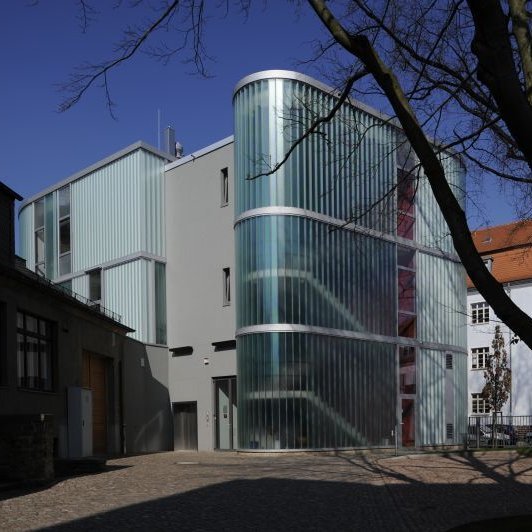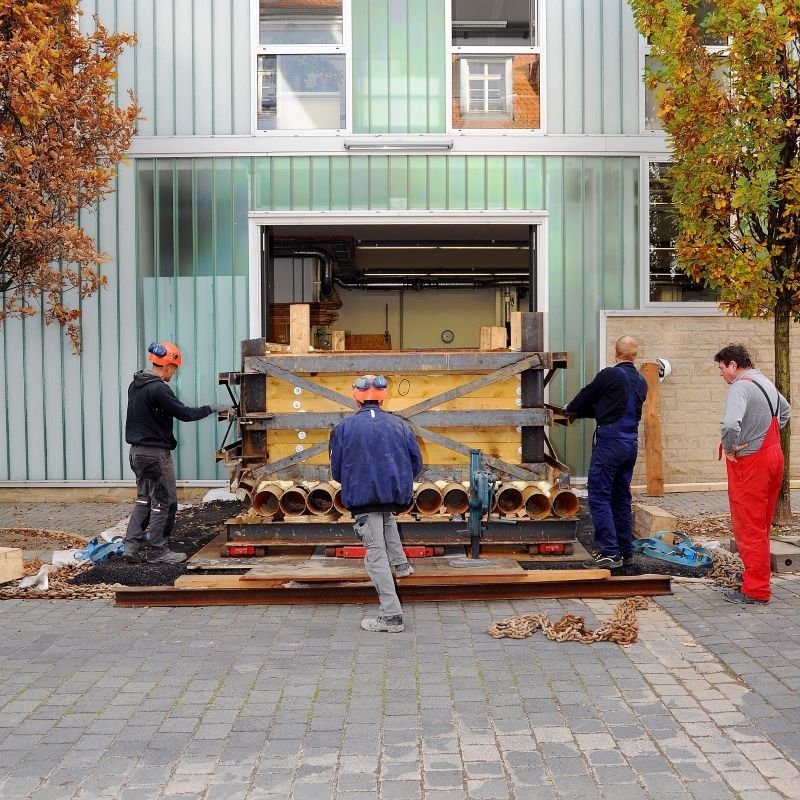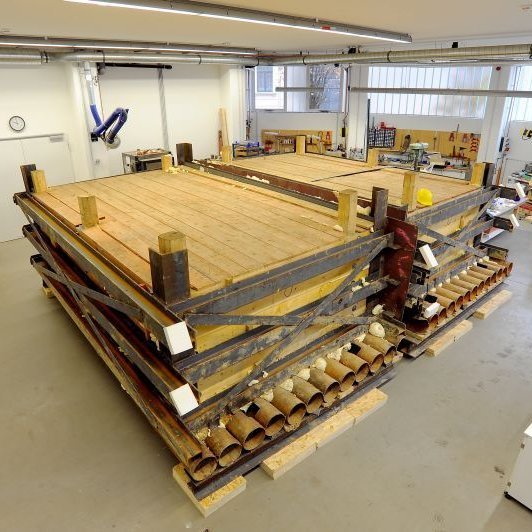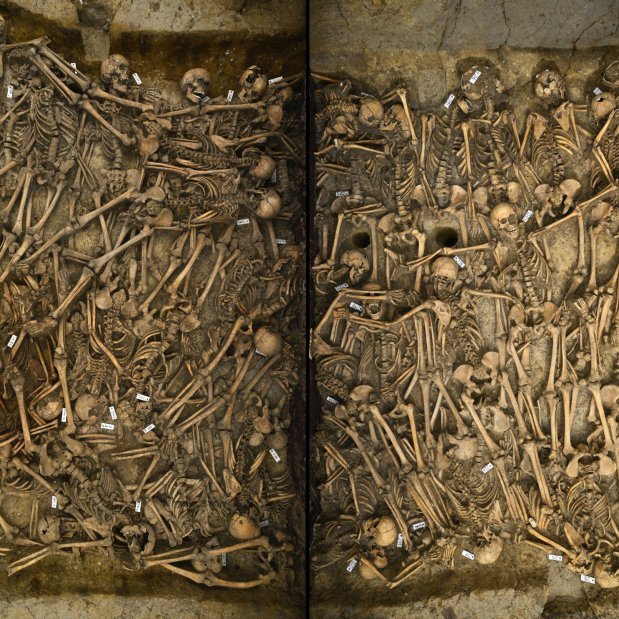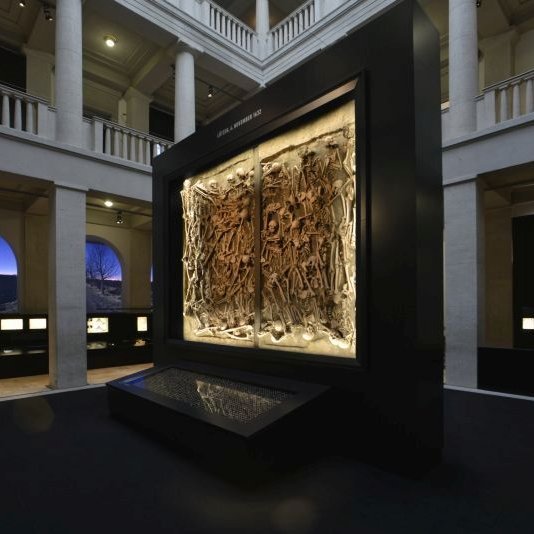The Workshop
Since March 2008 the conservation department has a modern new building in the grounds of the State Museum of Prehistory. The structure, with its 860 square metres of usable floor and work space, offers on three floors all the prerequisites for modern scientific and archaeological work and conservation under optimal conditions.
The building, specially tailored to the needs and activities of the conservation department, has a goods lift, air extraction systems, high-bay storage, melting furnaces, and laboratories. A lorry entrance leads to the central workshop on the ground floor.
It offers the possibility to safely unload freshly recovered large and ton-heavy find complexes in any weather at the place where they are processed. For the most part, this concerns so-called block salvage, a speciality of the Halle conservation department, in which the site of a find, such as a complete grave, is lifted as a block with the surrounding earth and carted off for further processing.
After the examination and evaluation under laboratory conditions, these block excavations can be prepared and presented in a specific manner, as shown impressively in the permanent and special exhibitions of the State Museum .
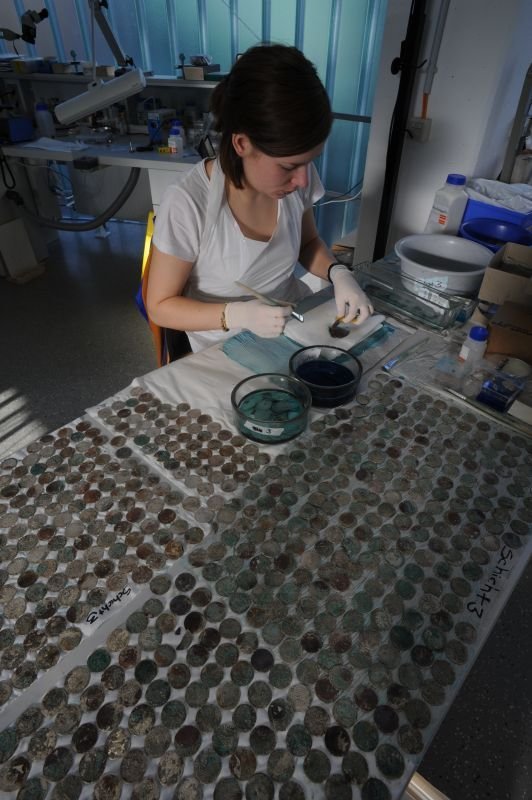
Furthermore, the ground floor of the conservation workshop offers space for the experimental archaeology laboratory. Its aim is to research and understand (pre-)historic craft processes under modern experimental conditions. For example, bronzes of prehistoric composition can be produced in large melting furnaces, or chemical substances can be prepared in a replica ›alchemist's kitchen‹ that have already been identified in an alchemist's workshop in Lutherstadt Wittenberg of the late 16th century AD. On the upper floors of the conservation workshop there are laboratories in which, for example, material samples are taken and analysed, colours are examined, coins and metal objects cleaned, costume brooches and jewellery examined under the microscope for the smallest adherences of textile residues, but also the documentation is created that records all the interventions by the restorers in a way that is understandable for posterity.
